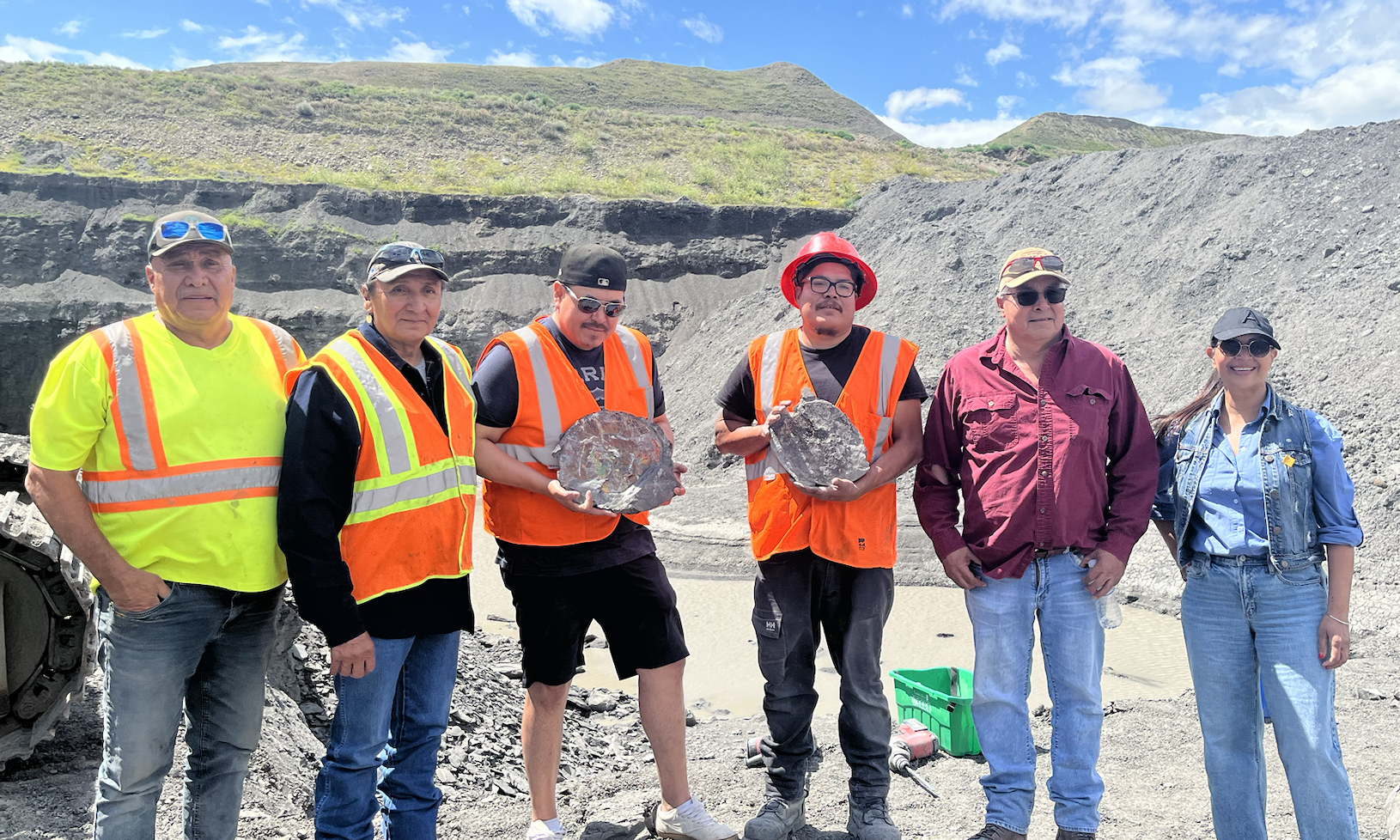Black lung disease returns to coal mines

Black lung disease, the common name for underground coal worker’s pneumoconiosis, has now been linked to workers who take part in surface coal mining, according to an investigation by NPR News and the Center for Public Integrity (CPI), with additional reporting by the Charleston Gazette.
The illness is the direct consequence of inhaling coal dust, which progressively builds up in the lungs until it can’t be removed by the body. This leads to inflammation, fibrosis and, in the worse cases death.
The study shows that diagnosed cases in the last decade have doubled, while the detection of advanced stages of the disease has quadrupled since the 1980s in central Appalachia, which includes the states of Virginia, Kentucky and West Virginia.
NPR and CPI report that increased regulation – and near eradication of the disease – following a 1969 law gave way to systemic exploitation of coal dust measurement by mining companies, and weak enforcement by regulators. Federal data obtained by NPR and CPI indicates that thousands of coal miners were exposed to excessive levels of mine dust despite the strict limits established 40 years ago.
A lawyer quoted by The Courier-Journal in Louisville, Ky., hinted the high percentage of black lung tied to Appalachian surface mines might be linked to the shortage of unionized mines in the region. “Non-union miners are job-scared,” the professional told The Courier. “[Black Lung Disease] is a product of non-union workplaces. It’s sad, really.”
The three states with the most cases of black lung disease, also pay the most in Black-lung claims. Based on data published by the U.S. Department of Labour, West Virginia paid $46 million in black lung claims in 2011; Kentucky, $34 million and Virginia, $23 million.
More News
{{ commodity.name }}
{{ post.title }}
{{ post.date }}

2 Comments
Sharon Hines
My brother worked in the coal mines in northern MO for 17 years back in the 70’s. He is a smoker, however, feels his lung problems are largely due to those years in the mines for he became sick with frequent pains in his chest and heavy coughing after a few years deep in the mines breathing heavy coal dust. How does he go about filing for Black Lung? Thank you, Sharon Hines
McKinnley Morgan
Black Lung Disease also known as Pneumoconiosis has risen in prevalence in the Appalachia, Kentucky area over the last few years. Morgan, Collins and Yeast can help those in the Kentucky area with workers comp cases.